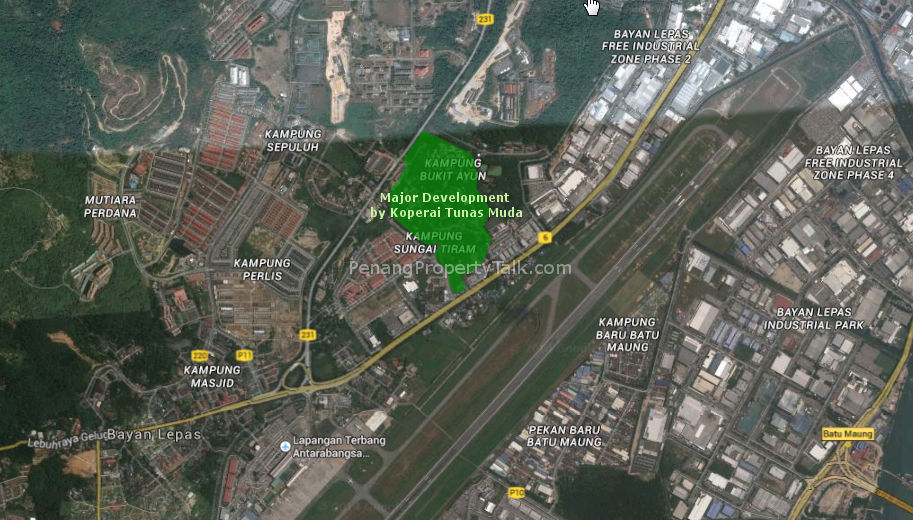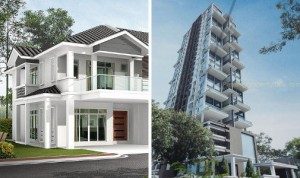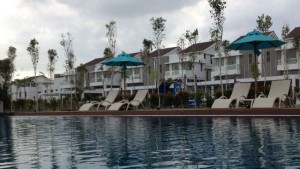Rehda: GST will push up home prices by 2.6%

Real Estate and Housing Developers' Association of Malaysia (Rehda) says the GST is likely to raise property prices.
Home prices will rise by about 2.6% once the goods and services tax (GST) comes into play, said the Real Estate and Housing Developers’ Association Malaysia (Rehda).
The chairman of the association’s task force on accounting and taxation, Datuk Ng Seing Liong, said that the calculation was based on its consultations with industry experts and member developers.
Rehda’s 2.6% estimate differs from that of the Customs Department, which expects the GST to have an impact of between 0.5% and 2% on house prices, assuming there’s no change in supply and demand conditions.
Ng said the association was in full support of the GST and concurred with Customs GST director Datuk Subromaniam Tholasy, who had said that land did not incur the 6% GST rate.
However, he said land was by no means the largest cost component in property development.
“As our calculation clearly spells out, the construction cost, which constitutes 46% of the total development, is not only the largest component but also the component which will attract the GST of 6%,” he said in a letter to StarBiz.
He said the GST on this component would inevitably lead to an increase in house prices.
Appending calculations for a housing unit originally priced at RM400,000, Ng said the price post-GST would be around RM410,560.
Under the 46% construction component, costs were broken down into non-service taxable and service taxable segments, representing 44%, or RM176,000, and 2%, or RM8,000, respectively.
Under the non-service taxable segment comes items such as cement/concrete, steel, bricks and sand, while the service taxable segment includes tiles and fittings/sanitary. Under the existing sales and service tax, no tax is imposed on the non-service taxable category, while the service taxable category has a tax of up to 10% imposed on it.
Post-GST, Rehda’s calculations showed that the non-service taxable cost had gone up to RM186,560, while the service taxable cost remained at RM8,000.
It maintained the same cost estimates for other items, including land (15% or RM60,000), infrastructure and pre-development works (10% or RM40,000), professional fees and marketing costs (6% or RM24,000), finance costs (6% or RM24,000) and profit (17% or RM68,000).
Ng said Rehda also disagreed with Subromaniam, who had said that developers could easily absorb cost increases as their margins were around 30%.
He said it was currently impossible for developers to earn up to a 30% profit, as most development costs were on the rise, along with various capital contributions and charges imposed on developers.
“On average, as tabulated in the calculation, developers, most of which are public-listed companies, are only making around 17% at best,” he said.
However, Ng said it was still too early to determine the actual house price increases post-GST, as Rehda was still in discussions with the Government and there appeared to be many more issues to be ironed out.
Source: StarProperty.my

 After a more than four-year delay, the third and final phase of the Tun Dr Lim Chong Eu Expressway will finally be opened to the public on Nov 1.
After a more than four-year delay, the third and final phase of the Tun Dr Lim Chong Eu Expressway will finally be opened to the public on Nov 1.

